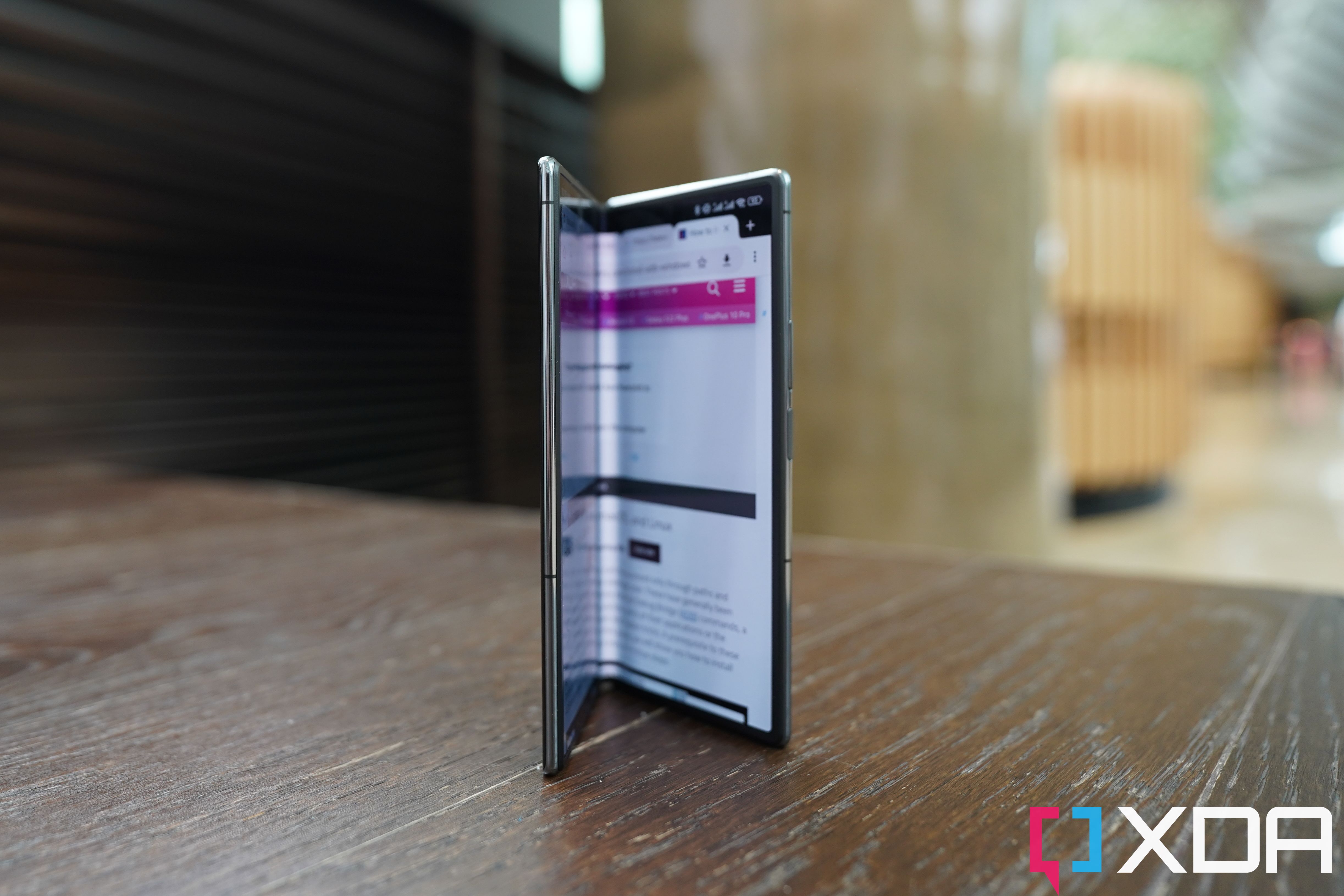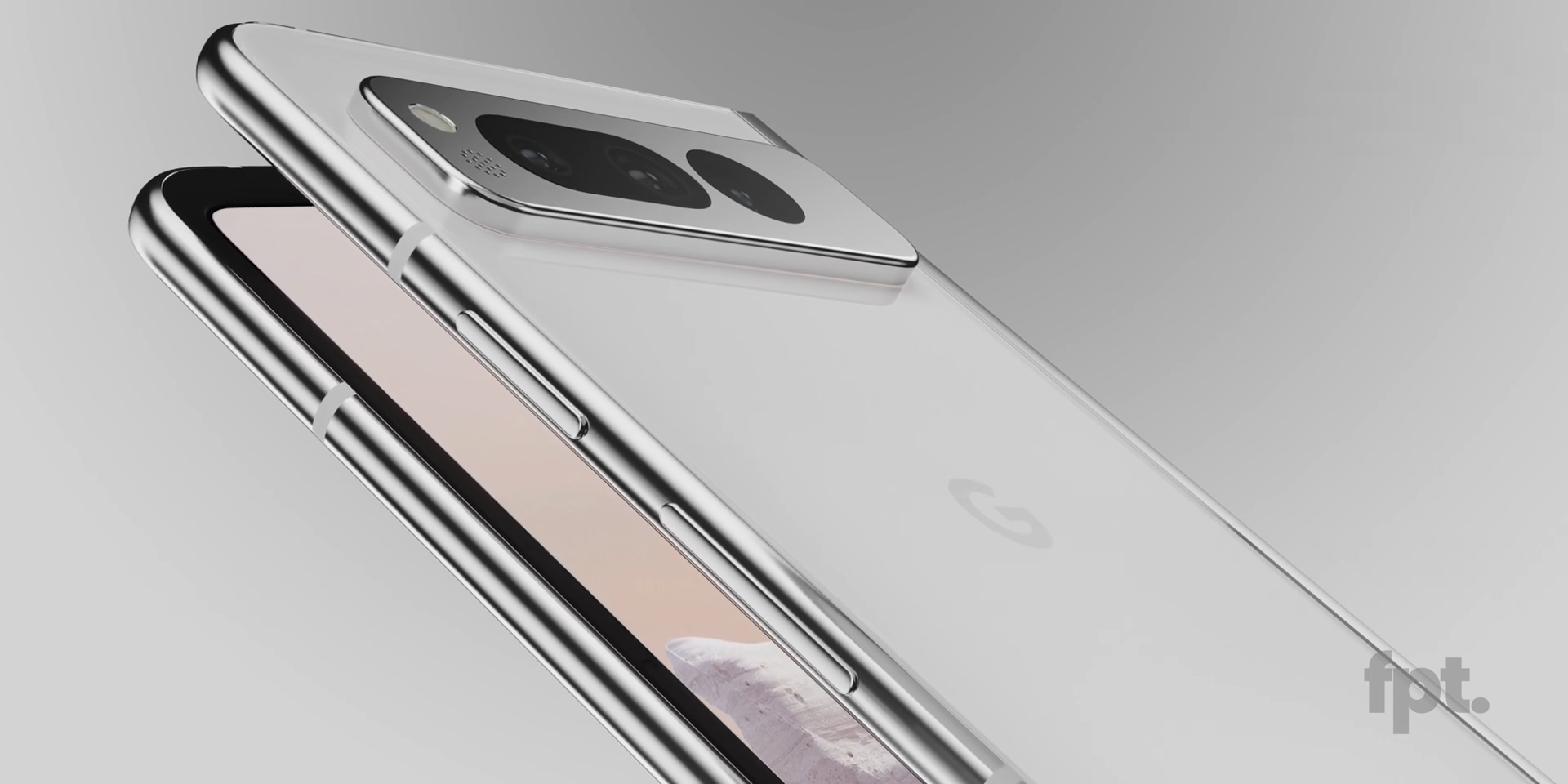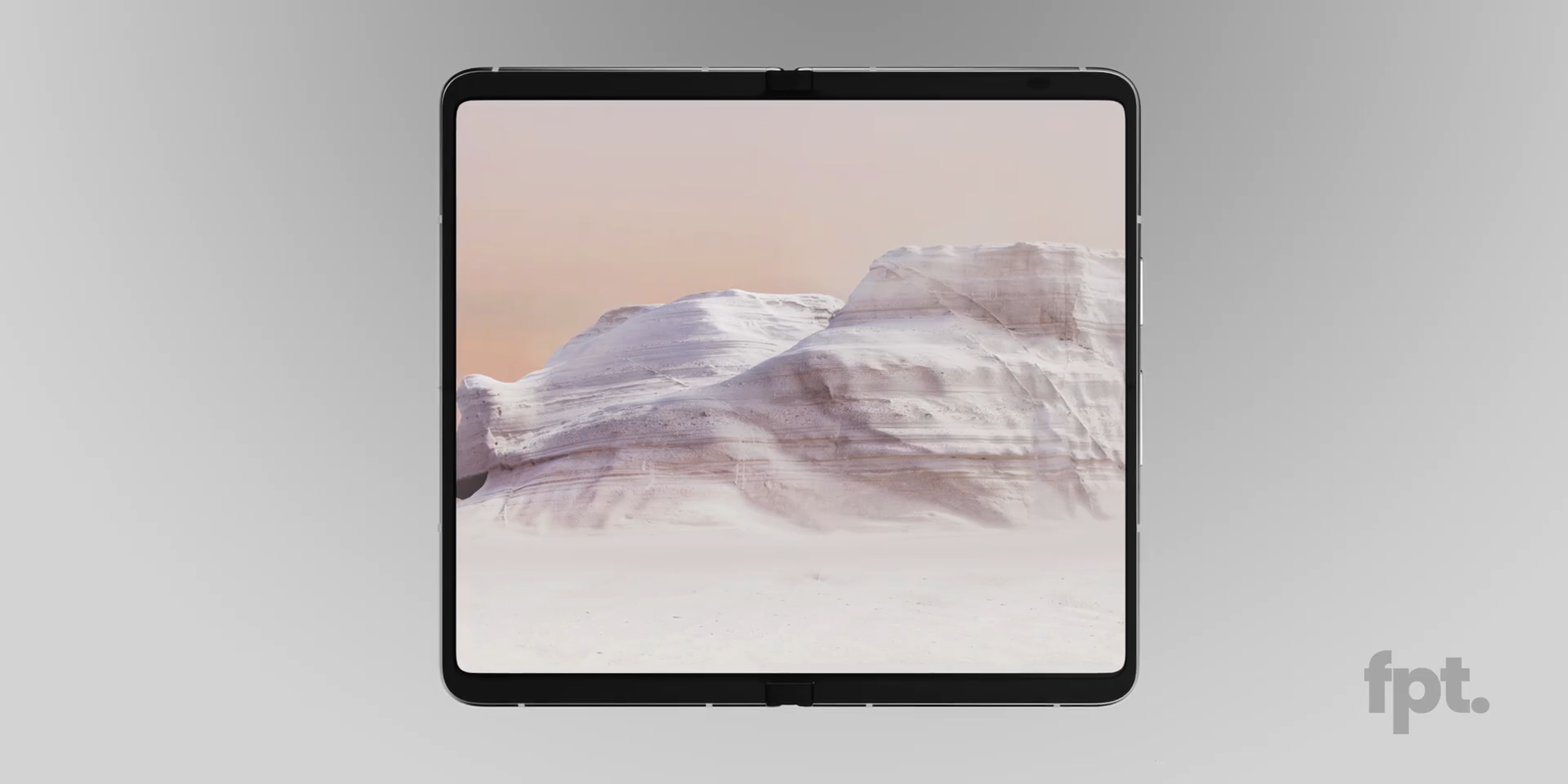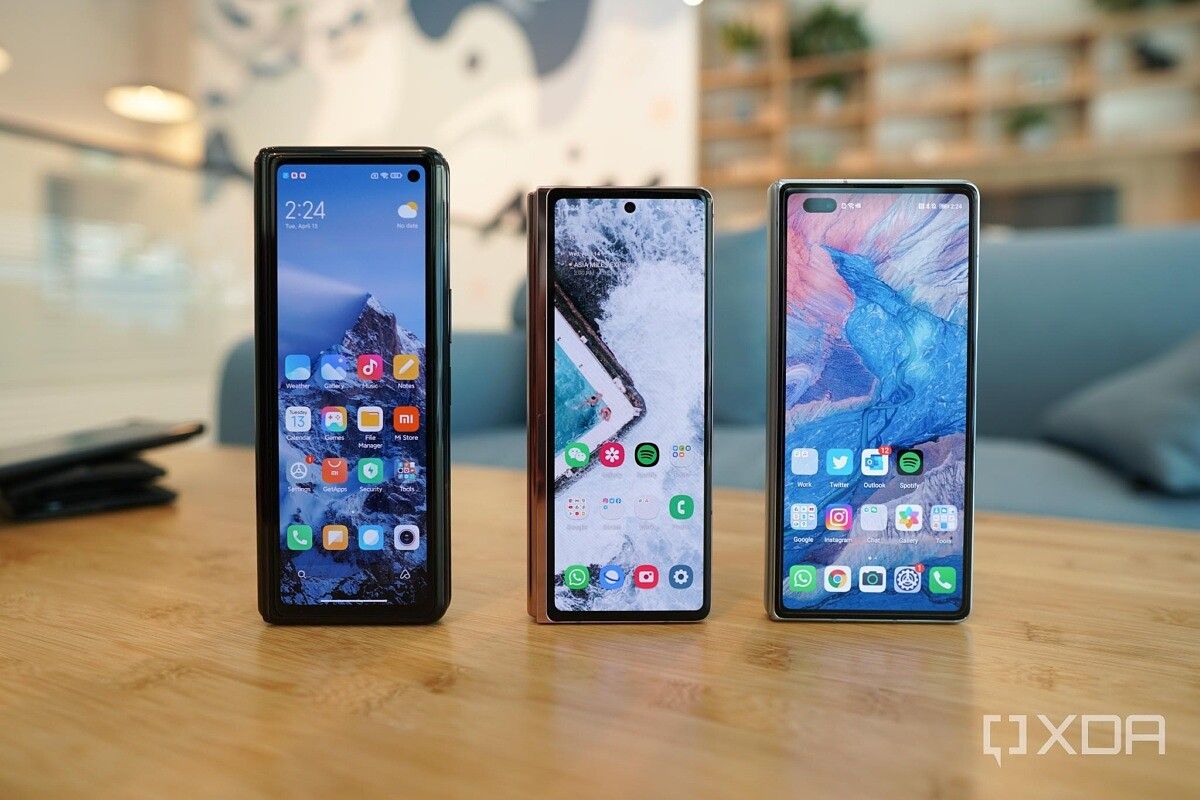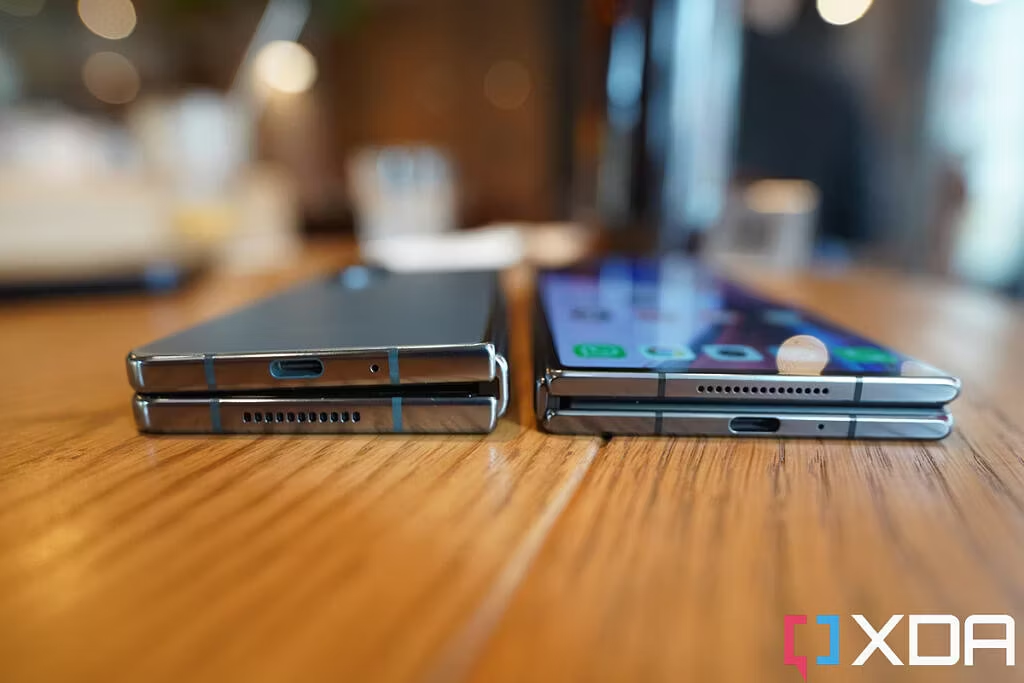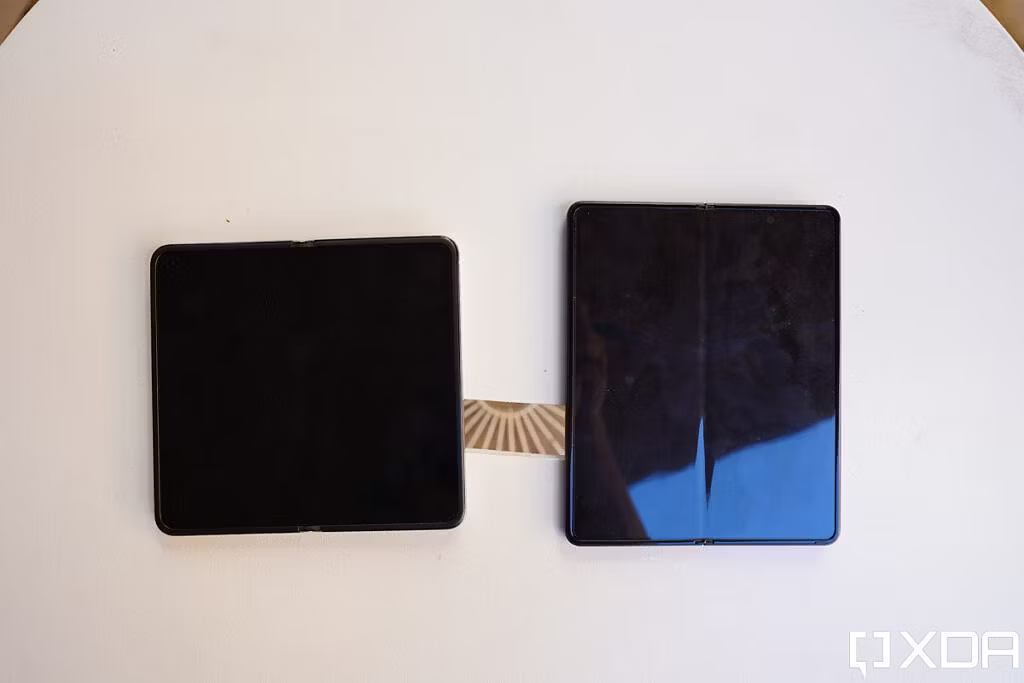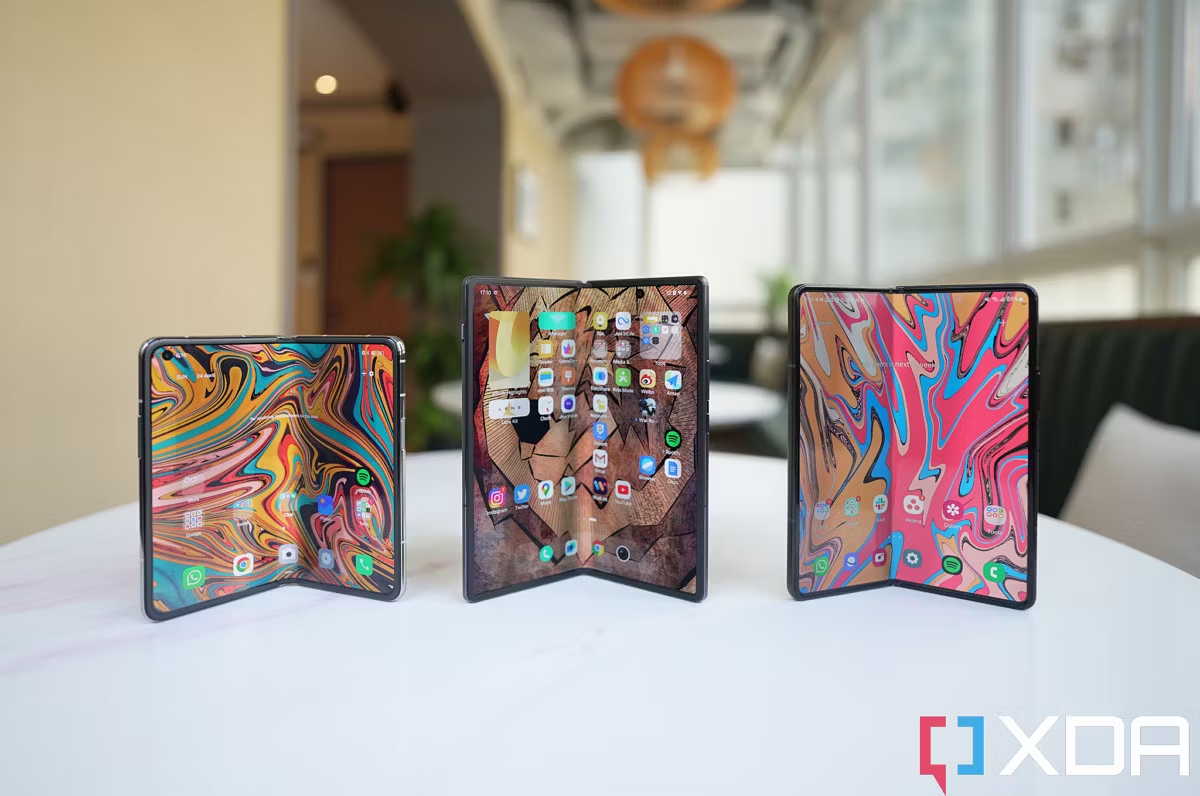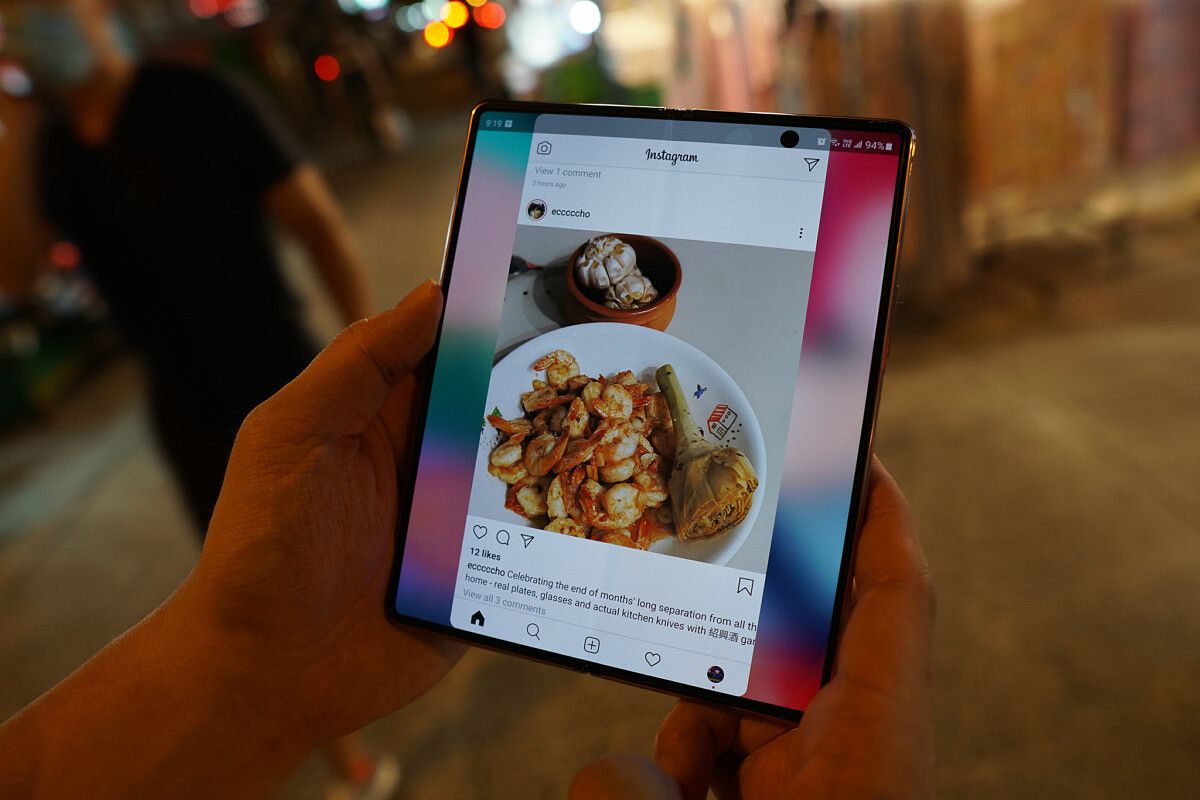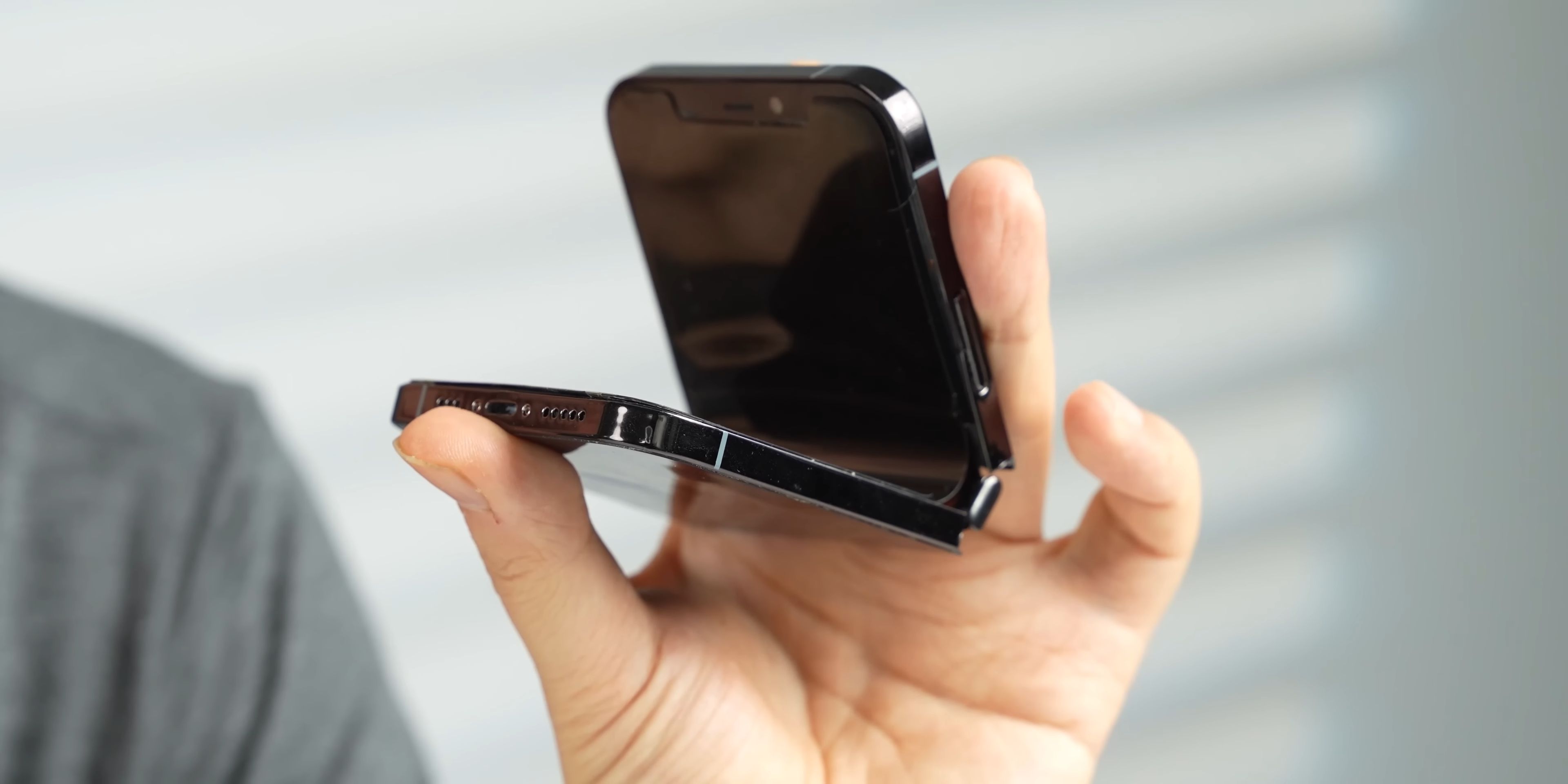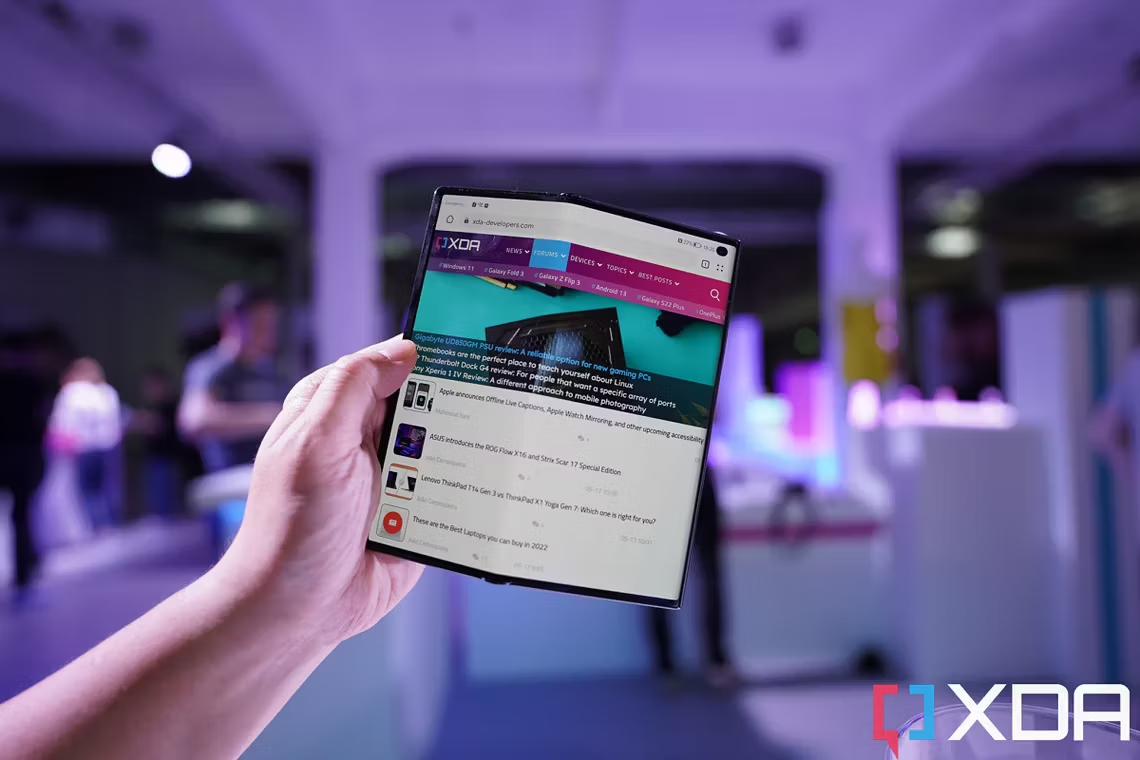Rumors have been swirling that Google was working on a foldable phone for well over a year. This week, we finally saw some reliable leaks of not just what it looks like but also when we can expect a release — apparently, the so-called Pixel Fold will hit next May.
From the product renders shared by the YouTube channel Front Page Tech, we can see the Pixel Fold uses the same inner-folding form factor pioneered by Samsung, with a back design that carries over the Pixel 7 series' design language. In my opinion, it looks good.
The thing is, Google does not have a good track record of getting hardware right on the first go (or even the second go). As I noted in my Pixel 7 review, every Pixel before it had a glaring hardware flaw, some so severe it made me stop using them beyond the review period. Considering that the construction of a foldable is far more complicated than for a slab phone, I would not expect the Pixel Fold to be as well constructed as the top foldable phones. Heck, even going by the renders now, the bezels look unusually thick for a 2023 device.
But even on the off chance the Pixel Fold hardware really flops — let's say the screen is only 60Hz, the hinge can't stay in place mid-fold, and battery life is weak — its existence would still be important and necessary because it will do three things.
The Pixel Fold finally gives Samsung foldables competition on the global scene
The foldable scene is very odd right now. Samsung has a virtual monopoly on the entire industry worldwide except for one country. In China, the foldable scene is thriving and extremely competitive. There are no less than five viable alternatives to the Galaxy Z Fold 4 right now, with more to come before the year ends.
To further complicate matters, these Chinese foldables that are only sold in China aren't second-rate devices with inferior tech. In fact, some of these foldables have superior hardware to anything Samsung has put on store shelves. The Xiaomi Mix Fold 2 is significantly thinner; the Huawei Mate X2 has a much more capable camera system; the Vivo X Fold has a crease-free display with an in-display fingerprint scanner under it. All of these devices also fold entirely flat, without leaving the gap that has been present in every Samsung foldable. They're priced lower, too.
That Chinese brands have so far launched these foldables only in China has been frustrating for foldable enthusiasts, but that's obviously been great news for Samsung.
I really like the Galaxy Z Fold 4, and if I have to pick the best overall foldable phone, it would still top the list. It has the most polished software of the bunch, but the Fold 4's hardware is far from the best. I can't believe that Samsung's harsh display crease and folding gap are still here four generations in. I've also been disappointed that Samsung hasn't given its foldable phones its best possible camera system, particularly that awesome 10x Periscope zoom lens seen in the Galaxy S21 and S22 Ultra.
I don't think the Fold 4's relative hardware shortcomings when compared to Chinese foldables are due to a lack of ability on Samsung's end but rather a lack of willingness. Samsung has been vocal about making its foldables more mainstream-accessible over the years, so it decided to aim for a lower price instead of chasing the best possible foldable innovations.
Samsung's able to, in my view, go on cruise control with foldable hardware development because it has no competition globally. Conversely, Chinese foldables have to keep pushing boundaries in thinness, battery size, camera hardware, and other areas because they have a lot of competition. When brands compete, consumers win. And right now, Samsung doesn't have anyone to compete against outside of China.
The mere existence of the Pixel Fold changes this. At the very least, Google's foldable will sell in the U.S., which is one of Samsung's most important markets. Once consumers have another option, Samsung will no longer be able to cruise.
The Pixel Fold means Google will further optimize Android for foldables
One of the issues that plagued foldable phones in their infancy was that Android didn't know how to adapt to a device with two distinct screen aspect ratios, particularly since the phones' unfolded form resulted in an unusual boxy aspect ratio. I remember using the original Galaxy Fold in 2019, and most apps would just expand to fill the screen, cropping off the edges, sometimes rendering the app unusable.
To Samsung's credit, it worked with Google to optimize some apps to adjust to the odd screen size, and by the second-generation Fold 2, the issues were not as glaring. Foldable phone brands like Samsung and Xiaomi also built in a system-wide scaling setting that allowed the user to manually add pillar boxing (digital bezels that run vertically on the left and right side) to "force" an unoptimized app into showing properly on foldable screens (see Instagram in the below picture for an idea).
These are all band-aids for a problem, not a cure. Google began optimizing Android for foldables (and tablets) with Android 12L, which introduced native UI elements that take advantage of the extra screen real estate, as well as a very useful taskbar that resembles a computer home screen dock.
With a foldable on the horizon, Google will surely put even more effort into optimizing Android for foldable screens. These potential software features will be rolled out to not just the Galaxy Fold but also foldables from Xiaomi, Vivo, Honor, etc. With foldable phones becoming more prominent in the U.S., this could also entice major developers to optimize their apps for foldables.
If Google is doing it, perhaps Apple will pay more attention
According to reliable industry analysts Kuo Ming-chi and Ross Young, Apple is indeed working on a foldable phone, but it's taking its time. This is completely on brand for the tech giant, which has never bothered to chase the latest hardware breakthroughs.
It helps that Apple has done such a great job locking users into its walled garden that iPhones are almost immune to the intense competition on the Android side. So Apple can work on mobile hardware tech at its own pace.
But perhaps Google entering the foldable phone scene would increase Apple's interest in building one. It's one thing when OEMs in Asia are doing it, but when your fellow Silicon Valley rival is doing it too, that's another story. This is pure guesswork on my part, but I think the folks in Cupertino would pay more attention if foldables are being developed a 12-minute drive away in Mountain View.
I believe the future of mobile is foldable
I've been fully on board the foldable bandwagon since day one. But I am one of those crazy phone enthusiasts. Even before I wrote about phones for a living, I would upgrade phones every few months. I understand mainstream casual consumers' skepticism about the high cost, fragility, and added bulk.
However, with the help of Samsung, Xiaomi, Oppo, Vivo, and Huawei, those criticisms are being fixed. In China, foldables cost less than the iPhone 14 Pro Max. This doesn't mean foldables are "affordable," but they're not as prohibitively expensive as they used to be. Foldable construction has also improved so that they no longer feel flimsy; the Galaxy Z Fold 4, in fact, is built like a tank. I've been using foldables heavily for three years, have dropped a few of them, and have yet to damage one. As for the added bulkiness? Xiaomi fixed that with the Mix Fold 2. It's barely thicker than an iPhone 14 Pro Max or Galaxy S22 Ultra.
As foldables continue to mature, and as Google continues to fine-tune Android software, there will eventually come a day when foldables suffer no compromises. They will just be "normal" phones, just with a much larger screen that fits in our pocket. And who wouldn't want that?
Bring on the Google Pixel Fold. Good or bad, it almost doesn't matter. It will give Samsung much-needed competition, give consumers more options, and push the foldable scene forward.
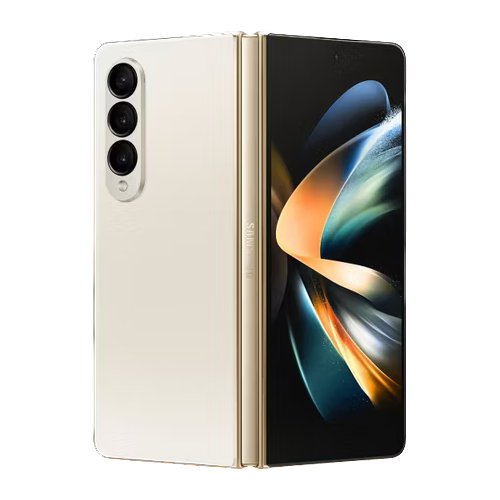
Samsung Galaxy Z Fold 4
The Galaxy Z Fold 4 brings back all the great things about the Fold 3, plus a much better camera system, a slightly wider outside screen, and smarter software.

